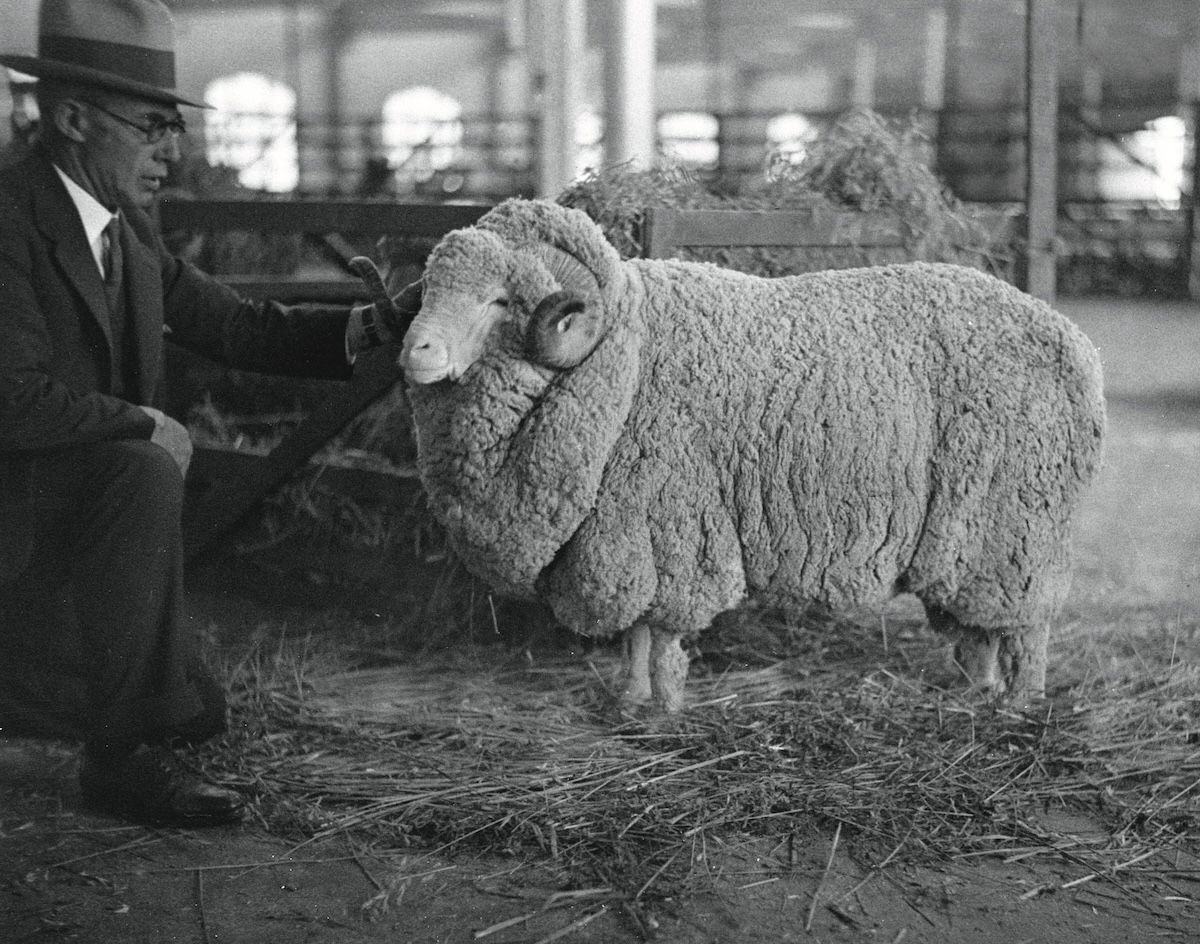Wool Aliens of the British Empire
From imported plant species to water pollution, Britain’s 19th century wool trade transformed the world.

In the early 1910s a young woman set out every day to walk the river banks near Galashiels in the Scottish Borders. Ida Hayward was recording something extraordinary: the arrival in the UK of hundreds of never-previously recorded plant species from all over the world. Hayward realised that seeds from these plants – including wildflowers, herbs, and grasses – had travelled thousands of miles attached to the fleeces of sheep, before being delivered to textile mills in bales of wool. She was one of the first to refer to these plants as ‘wool aliens’, a term which drew a direct connection between the movement of plants and people.
